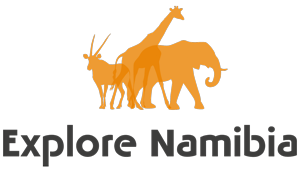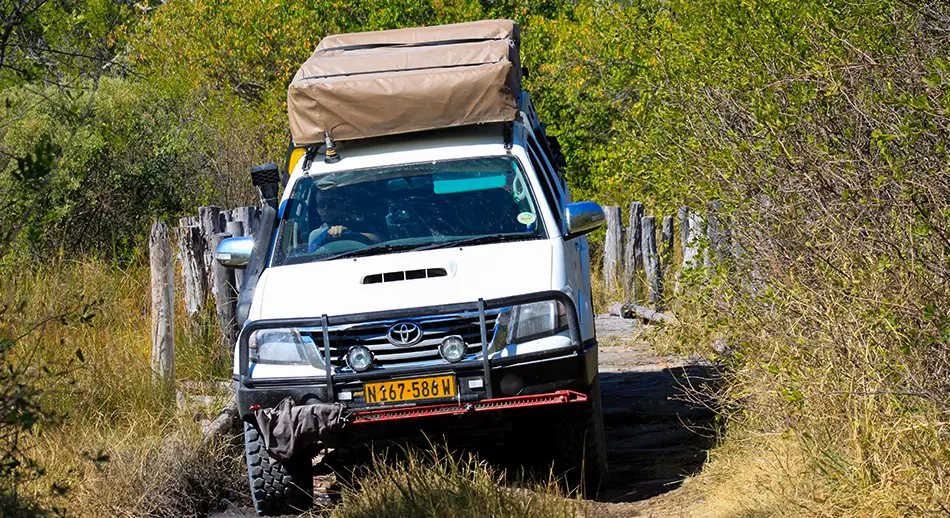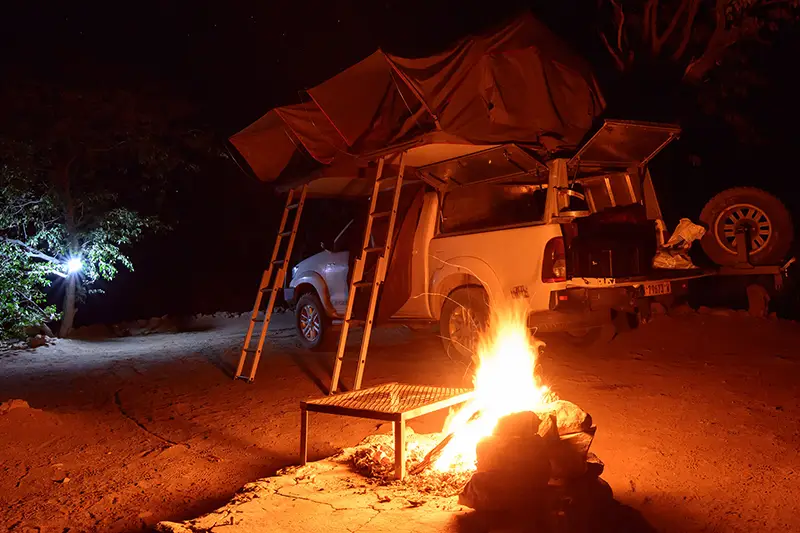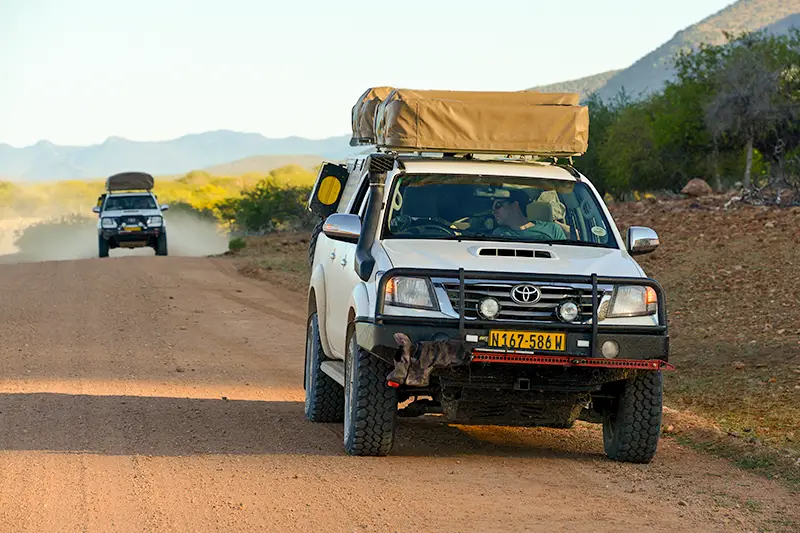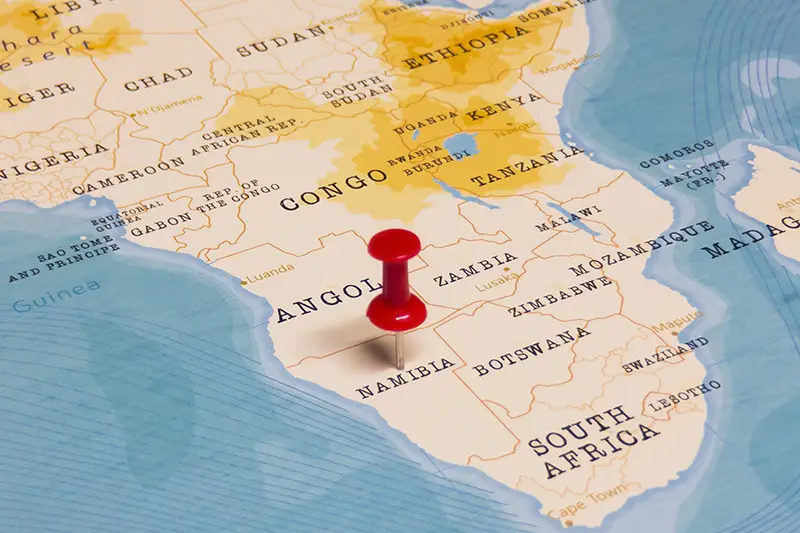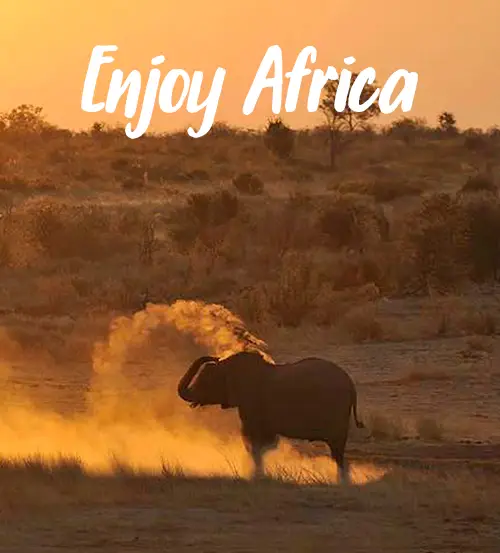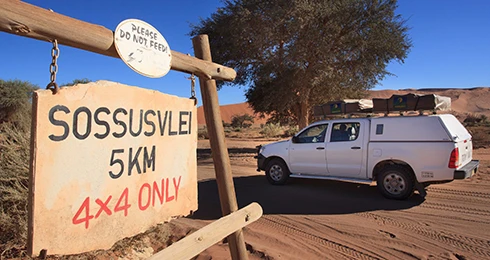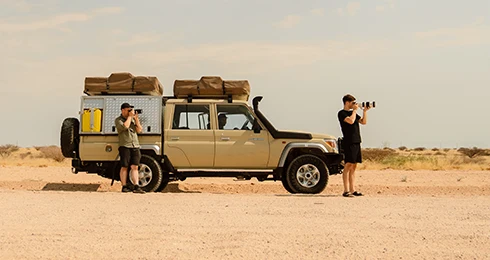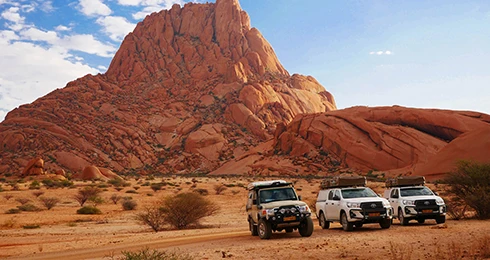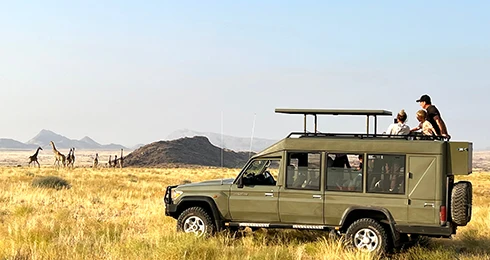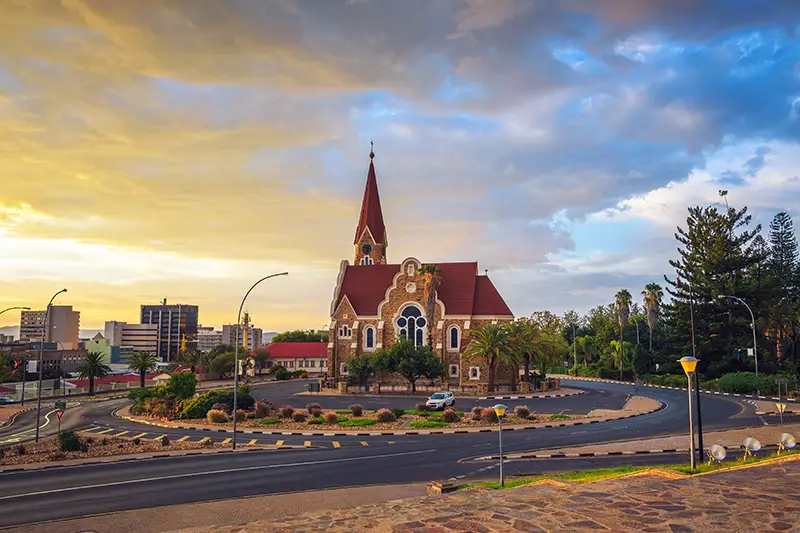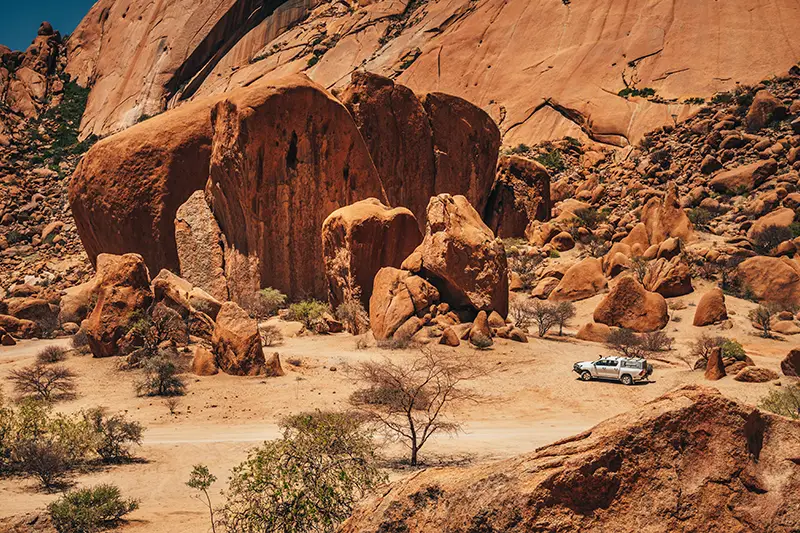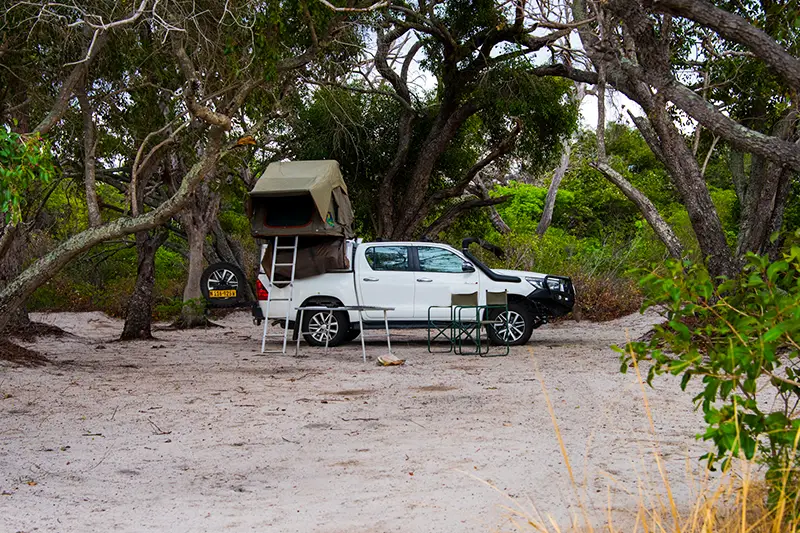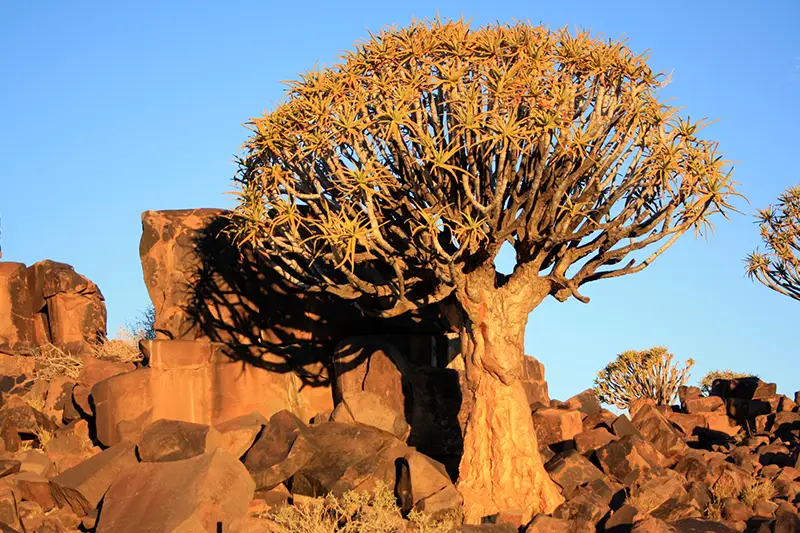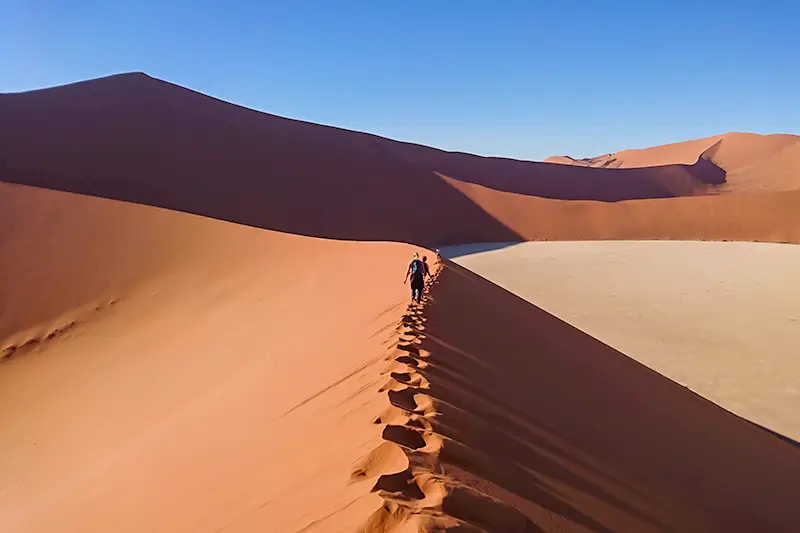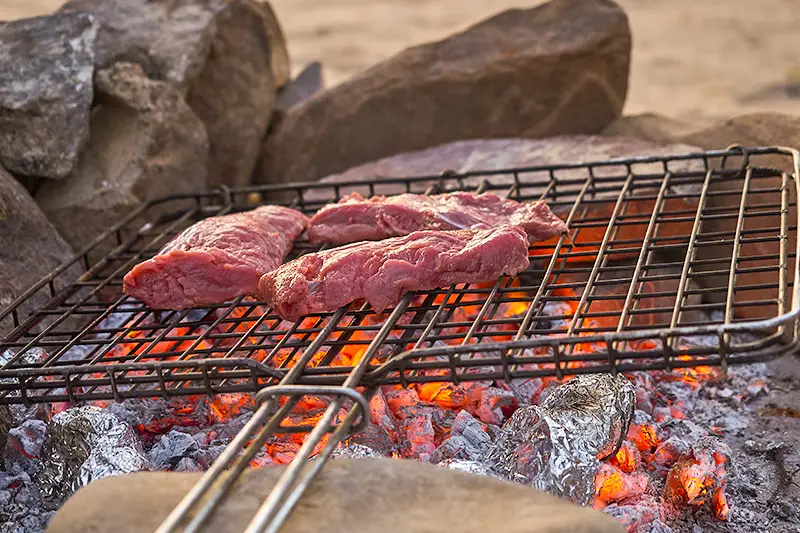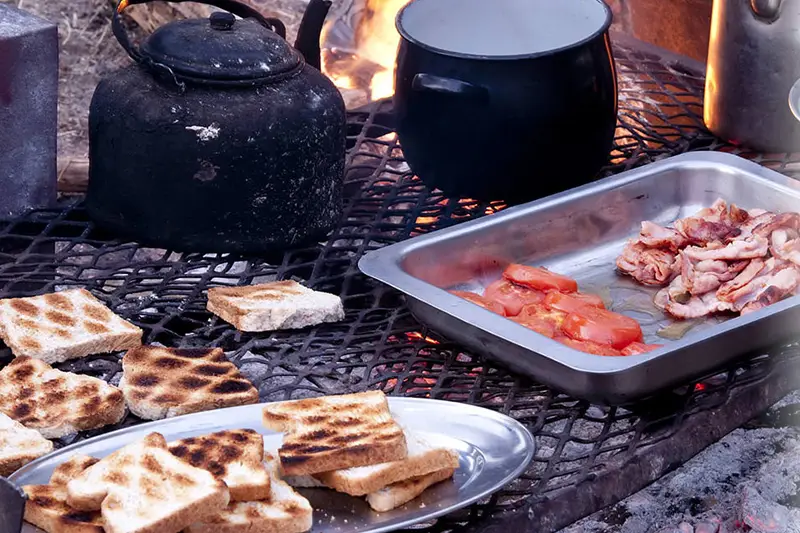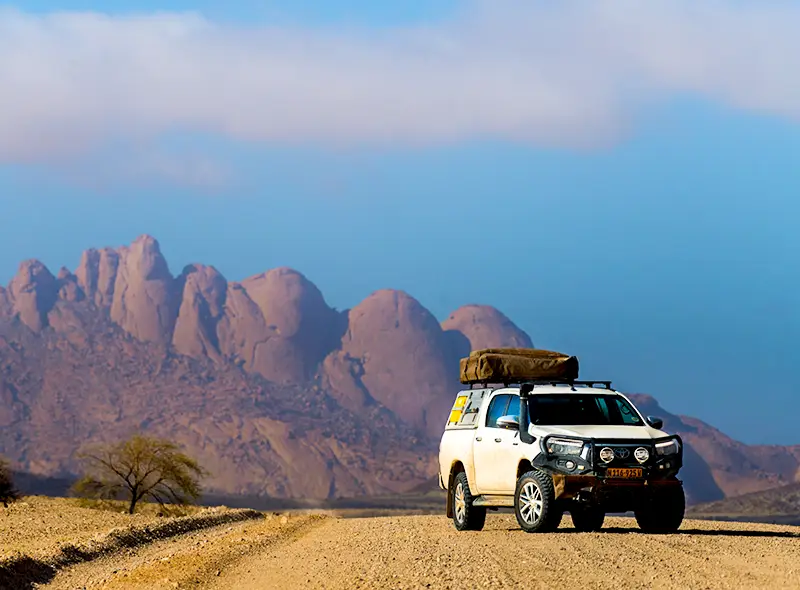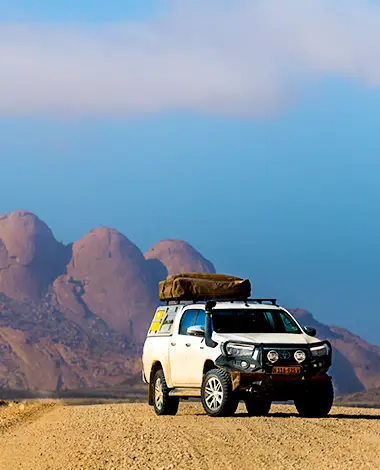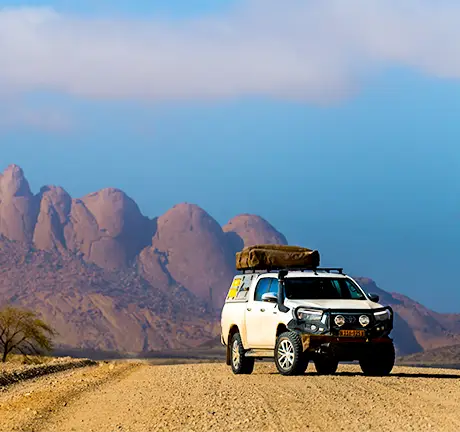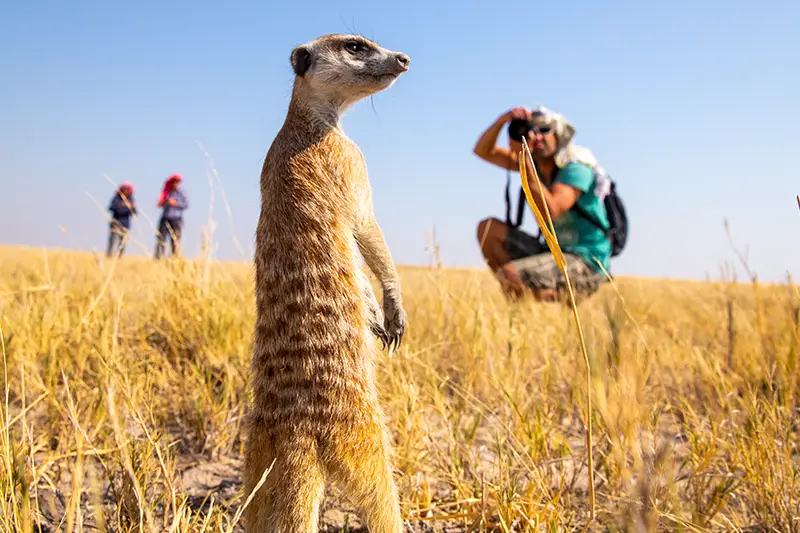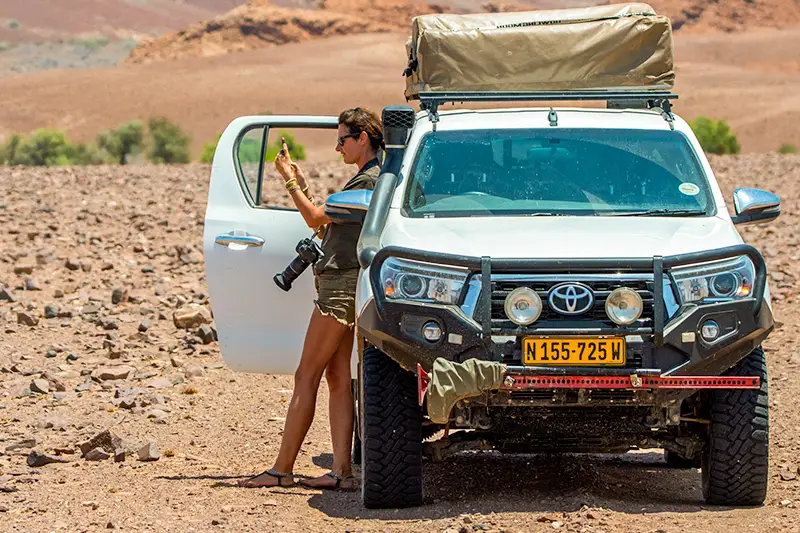TRAVELLING IN NAMIBIA
You chose Namibia as your holiday destination. Fantastic choice! Wondering about the ideal time to visit and how to prepare? We give you an overview, covering essential pre-trip considerations and valuable tips for a memorable safari trip in Namibia.
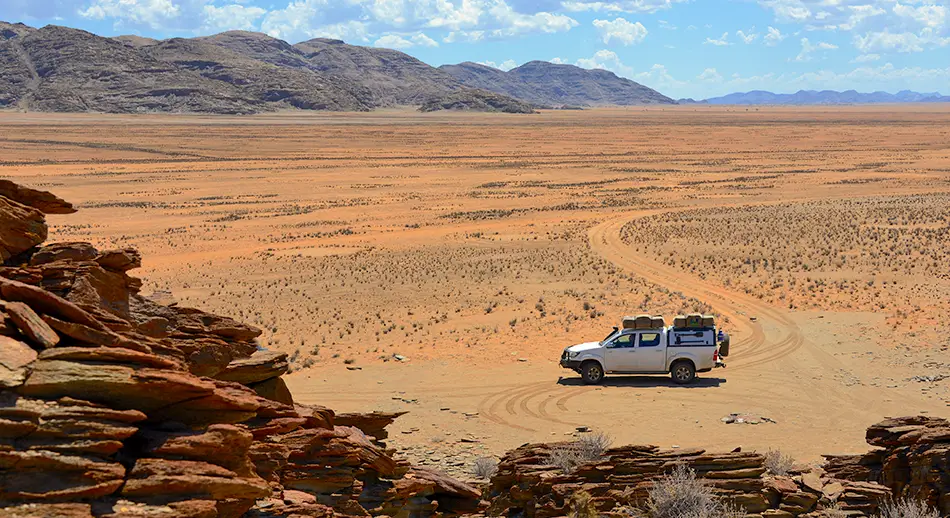
Best Time to Visit Namibia
Travelers can visit Namibia the whole year through, however it is good to keep in mind the pro’s and con’s of the four seasons. During the summer period (November – April) temperature are higher and in general more rainfall can be expected. The rains fall mostly from January onwards. Rainfall makes the country fresh and greener. Landscapes are beautiful. Spotting wild life in a park like Etosha National Park can be more challenging as the vegetation is denser.
Autumn (April – May) and Spring (September – October) are weather wise quite similar. It is dry and temperatures are more moderate. From April onwards the landscape slowly loses its green color. We are heading for the winter (June – August). During this period, wildlife migrates towards rivers and waterholes, which makes it easier to spot animals. Keep in mind that the evenings can be cold, especially in the south.
Vaccinations
For Namibia and Botswana, recommended vaccinations are DTP, and vaccination against hepatitis A. Malaria only occurs in northern Namibia and Botswana. Ask your local health services for the most updated advice on vaccinations and preventative care.
Visa
Namibia Visa & Immigration
Most EU citizens do not need to apply for a visa for Namibia and/or Botswana for a visit of less than 90 days. However, always check your own personal situation and in either case ensure and that you have:
A passport with validity of minimum 6 months
A proof of owning sufficient financial resources
A proof for the first destination after arrival
A proof of a return ticket or to the next destination after your holiday
An original unabridged birth certificate when travelling with children under the age of 18
Note: Namibia has decided to introduce visa requirements for visitors as of April 1, 2025. For now, the visa fee is set at N$1,600, payable upon arrival. Further details are still being worked out.
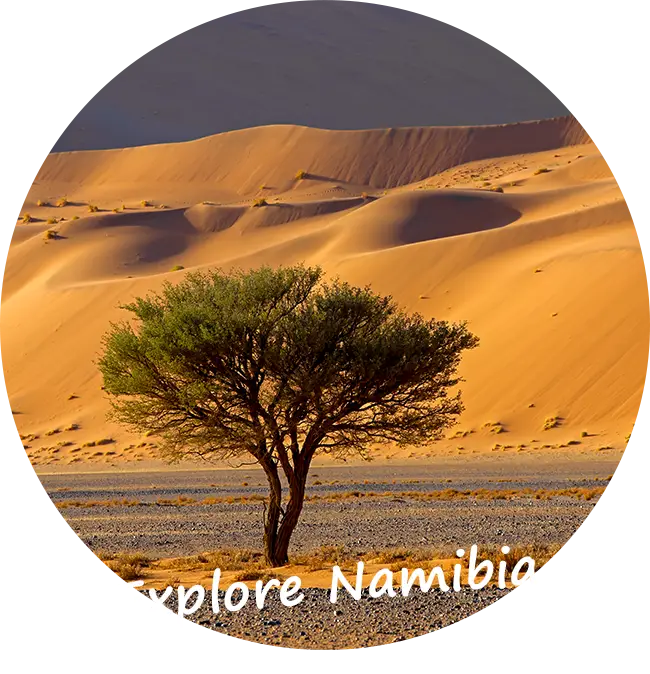
Explore Namibia offers organised self-drive safaris and private guided tours. You can go on an adventure in a fully equipped vehicle of your own choice. We will arrange your accommodations in advance, whether you wish to stay in lodges and guesthouses, on campsites or both.
Itineraries
Self-drive Tours
We offer a wide range of self-drive safari tours, tailored to suit your individual needs and preferences.
Photographic Tours
Our photo tours are designed for photographers of all skill levels.
Safari in Convoy
You’ll drive in convoy with your own rental vehicle, following the leading vehicle.
Safari 'Stretched Landcruiser'
Safaris for max. 7 travelers in the spacious “stretched Landcruiser”.
Finances - Currency
Currency
The currency of Namibia is the Namibian Dollar (N$). Currently, €1 is equal to about N$ 15. The South-African Rand (ZAR) is also accepted in Namibia, but not the other way around. It has the exact same value as the N$. Other currencies you may need are the Pula (BWP) for Botswana (€1 is about 12,30 BWP), and the US Dollar (USD) for Zimbabwe (€1 is about USD 1.1). For your daily expenses it is always important to have a wallet with smaller bills and keep the rest of your cash separated and out of sight.
Especially when you spend several days in more remote areas, like wild parks, ensure you have enough cash on you. Furthermore, it is recommended to take a ‘mix’ of means for payment, including cash, a world card and a credit card (VISA or MasterCard). There are always cases in which you cannot pay with your normal debit card. E.g. you need a credit card to rent your car. Also, we recommend having American Dollars with you for emergencies, which you will also need when crossing the border to Botswana and Zimbabwe.
ATM
There are plenty of ATMs (Automated Teller Machines) in the larger destinations of Namibia. Remember that for every transaction you will be charged additional banking fees. Also do not forget to change the security settings of your bankcards to ‘Worldwide’ if necessary – ask your local bank for instructions.
Insurance
Travel and cancellation insurance
Ensure that you are well prepared to have a secure journey. The chance that something happens to you or your family before or during the trip is small, but it is important to get the right insurance. It can save you costs and a lot of trouble! We strongly recommend a travel and cancellation insurance, so that any unexpected costs due to illness or accidents, costs of replacing stolen or lost baggage or necessary repatriation are covered.
We advise you to contact your local insurance agent or bank for information about the possibilities. Also, we recommend that you contact your healthcare provider to inform you about the coverage of possible medical expenses.
A day on self-drive safari in Namibia
- Wake up with the sound of singing birds and the roar of a distant lion while first rays of sunlight turn the dark night into a golden burst of color. Use last night’s hot coals to make a small fire for your morning coffee crispy breakfast.
- Ready for the day, pack up camp and prepare the car before you hit the road. You will be taken through far stretching landscapes and ever-changing sceneries while enjoying some good African music.
- You are on the lookout for wildlife crossing the road and with some luck may have to give ‘right of way’ for some elephants.
- You arrive at your next destination, join a guided game drive and see many antelopes and some big game up close. After the excitement, a refreshing swim in the pool followed with some relaxation and a good book under the shades of huge acacia trees.
- At sunset, this landscape shows its most beautiful side. Make some time to watch this natural wonder of changing colors see how shadows grow longer; listen to the howling of the jackal calling in the ending of another adventurous day in Namibia.
- Time for dinner around a roaring campfire complimented by fine South African wine or an ice-cold Namibian beer?
- Finally, fully satisfied, fall asleep under the starry sky and the sound of chirping crickets knowing that Namibia waits for tomorrow, with more adventures and unforgettable memories
Gratuity
Tipping in Namibia
In restaurants it is usual to give a gratuity of about 10% of your bill. Drivers and guides also appreciate a gratuity as this is often not just an extra, but most often forms part of their salary which a family lives from. In guesthouses and hotels, you will mostly find a ‘tip-box’ for gratuity which is then shared amongst everybody, as also the gardener contributes to you having a comfortable stay. Here it is common to contribute N$ 100 (+- EUR 7). People that do you a favor in public, like cleaning your window or watch your car, would normally receive gratuity of e.g. N$5 to N$10.
Food - Drinks
Food
Most of the food that is offered in Europe will also be found in Namibia. However, the emphasis here is on meat, especially game (e.g. Oryx, Kudu and Ostrich), beef and lamb. But vegetarians will find suitable alternatives with sufficient choices in supermarkets. At the coast you will find delicious seafood.
Probably one of the most common words in Namibia is ‘Braai‘ (barbecue), an important social event, which comes with salad, potatoes and a cold beer. ‘Biltong‘ is the most popular snack and is normally found in every car’s glove-box. Biltong is raw dried meat spiced with herbs and salt. Because it stays good for a very long time, it serves as a good snack during your safari. Another main dish is ‘miliepap’, a porridge made from corn flour and eaten with fingers.
Drinks
Avoid drinking tap water. Rather ensure that you carry enough bottled water with you: 5L water bottles are sold in supermarkets and fuel stations. Of course, South-African wine is sold in abundance and is of high quality. Good beers are more commonly brewed in Namibia.
Essential on your packing list to Namibia
- Binoculars
- Camera with extra SD card
- Travel guide/app
- Animal guide/app
- Headlamp
- Cap or hat
- CD's or USB with African beats
- Board games
- Water bottle with filter
- Pocket knife
Photography - Books
Photography
Namibia guarantees you the most beautiful pictures. For the real hobbyists a telephoto lens is a must for wildlife-photography. However, keep some rules in mind while taking pictures. If you want to take pictures of people, always ask for their permission first. Especially at places that are popular for tourists, tribes ask money for a picture. Negotiate friendly and do not secretly take a picture.
Books
There are many good guide books about Namibia, such as the Rough Guide, Lonely Planet and Bradt. This is Namibia from Gerald Cubitt is a good introduction to Namibia and its nature and culture. However, also think about flora and fauna guides, which makes your safari experience even better! For those guides that are specifically about Namibia’s nature you can always visit a local book store. To read stories that take place in Namibia, think about The Sheltering Desert or Taming My Elephant.
Namibia Tailor-made Travel Advice
Every traveller has their own preferences. Do you need assistance in planning your self-drive trip to Namibia? Our experienced tour consultants are ready to assist you! Together we fully customize the tour to your personal preferences, wishes and budget. We can assist you in many different ways. Our team of friendly and service-oriented Tour Consultants is available in Europe and Africa to assist you in creating a personalized proposal for your tailor-made trip to Namibia and to answer all your questions you might have.
Namibia Tailor-made Travel Advice
Every traveller has their own preferences. Do you need assistance in planning your self-drive trip to Namibia? Our experienced tour consultants are ready to assist you! Together we fully customize the tour to your personal preferences, wishes and budget. We can assist you in many different ways. Our team of friendly and service-oriented Tour Consultants is available in Europe and Africa to assist you in creating a personalized proposal for your tailor-made trip to Namibia and to answer all your questions you might have.
Explore one of the most fascinating and diverse countries in the world
Namibia Safari Itineraries
The itineraries we offer to Namibia are fully customizable to your needs. You can book these, or you can use them for inspiration to build your own, tailor-made safari adventure to Namibia. See below some of our other sample itineraries that we have put together. Explore Namibia will always make sure that you will experience the journey of your dreams!
Length: from 9 Days (customizable)
Price from: €566,- EUR
Length: from 10 Days
Price from: €5.490,- EUR
Length: Customizable
Price from: €1.089,- EUR
Length: 13 Days
Price from: €3.999,- EUR
